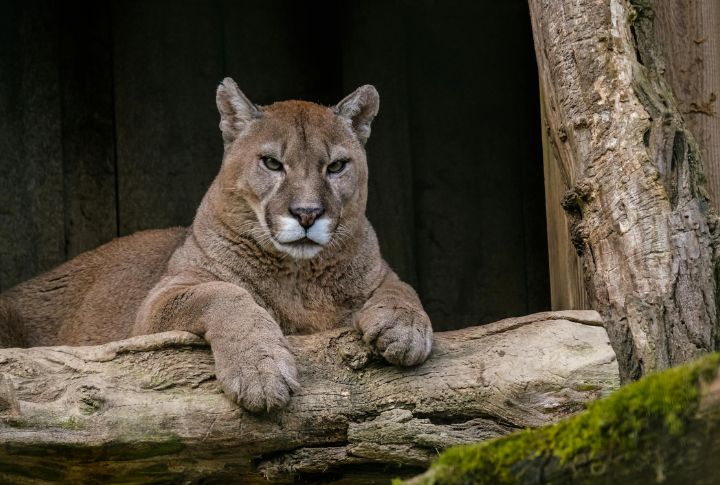
Everyone freezes when they hear that distinctive scream echo through the mountains. Panthers remain icons of wild America, maintaining significant populations in specific regions across the country. These cats represent wilderness in its purest form. So, let’s journey through 10 such cougar capitals.
California

Prowling through coastal ranges and surprisingly close to urban centers like Los Angeles, California’s mountain lions numbered between 4,000 and 6,000. These adaptable predators tackle diverse ecosystems like redwood forests and chaparral, maintaining ecological balance by controlling deer populations.
Oregon
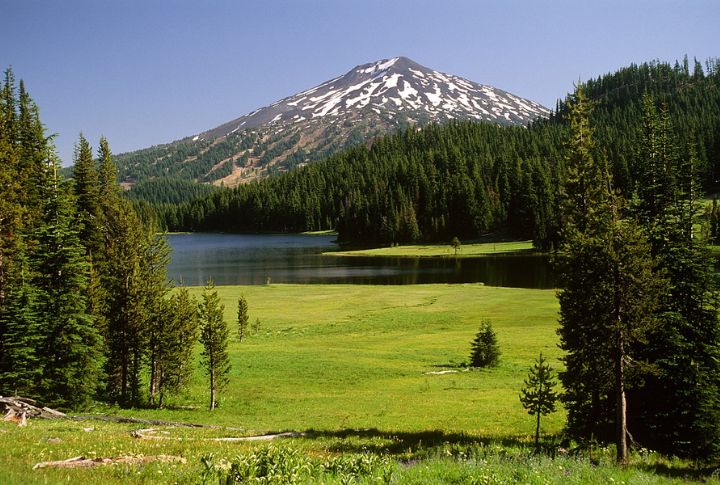
Oregon’s management target of 3,000 cougars was surpassed years ago, with 2006 estimates showing approximately 5,000 panthers roaming the state. The forests of the Cascade Range provide perfect stalking grounds for them. Controversially, Oregon has experimented with controlled cougar hunts to manage their thriving numbers.
Colorado

The rugged Rocky Mountains serve as an ideal sanctuary where Colorado’s panthers establish vast territories spanning up to 370 square miles for males. Researchers have documented fascinating adaptations in the state’s mountain lion population. Colorado Parks and Wildlife monitors these elusive predators through innovative tracking programs.
Washington
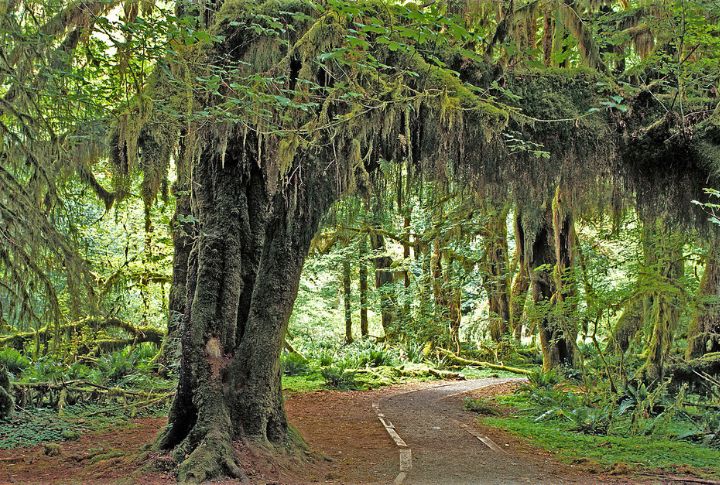
Did you know Washington’s panthers have been spotted swimming between islands in Puget Sound? These remarkable cats can handle diverse ecosystems, including rainforests and semi-arid eastern regions. Washington’s population benefits from protected wilderness areas and abundant prey sources, particularly blacktail deer along the Olympic Peninsula.
Montana

Montana’s mountain lions silently patrol huge wilderness areas where human density remains among the lowest in the continental United States. Their population thrives in places like the Bitterroot Range and Bob Marshall Wilderness. Montana’s rugged environment provides critical connectivity between cougar populations beyond the northern Rockies.
Utah
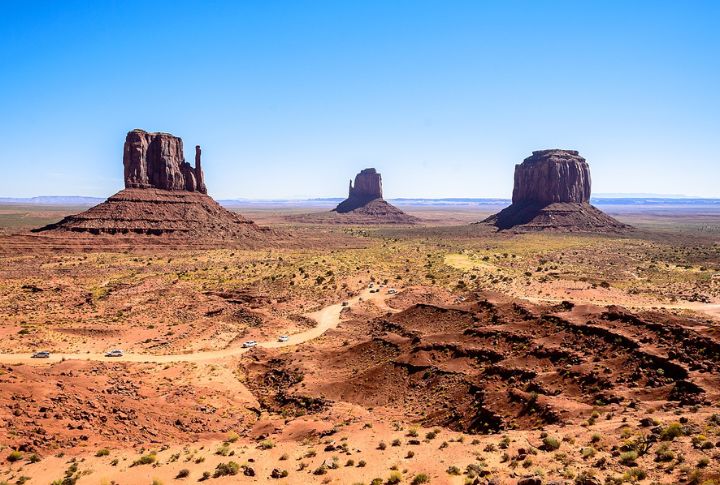
The beasts here have stunned researchers by surviving in desert areas where water sources are scarce and temperatures are extreme. They have learned to utilize Utah’s unique geological features, like slot canyons and mesa tops, as ambush points. Despite hunting pressure, Utah’s panthers maintain genetic links.
Idaho
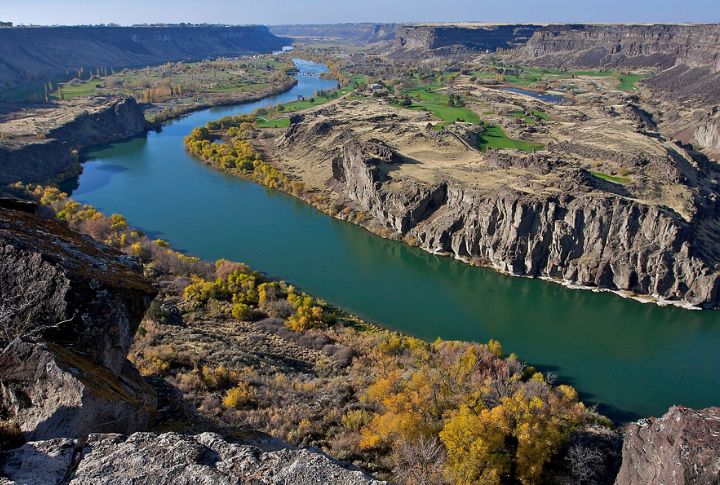
Historically feared and bounty-hunted until the 1960s, Idaho’s cougars have made a brilliant recovery across the state’s extensive forests and remote canyons. Their population now plays a vital ecological role in Idaho’s wilderness. These adaptable predators face extreme elevation changes seasonally.
Arizona
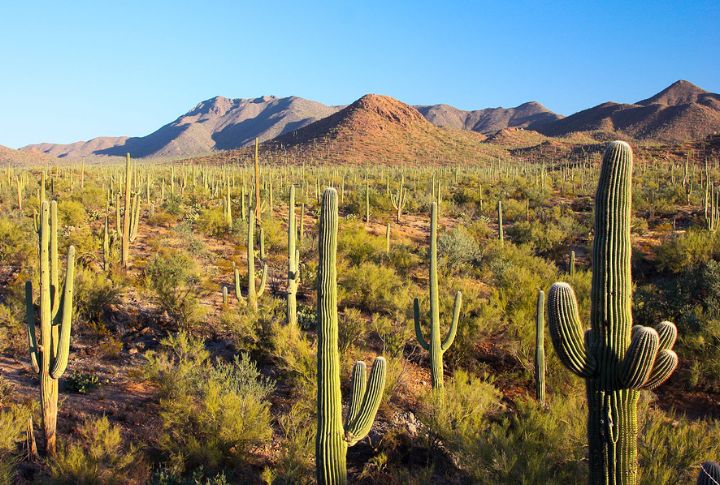
Distinctive hunting behaviors characterize Arizona’s panthers, which’ve adapted to prey on javelina and desert bighorn sheep alongside traditional deer. Their survival in the Sonoran Desert proves their resilience to heat and water scarcity. The state also employs statistical population reconstruction methods to estimate mountain lion abundance.
New Mexico
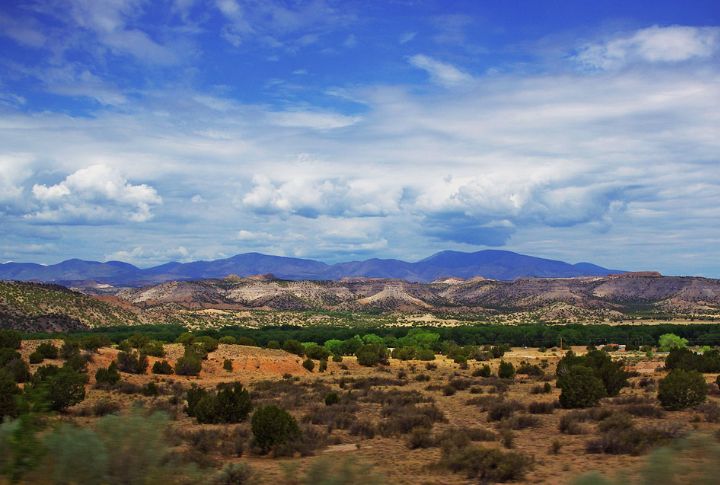
New Mexico hosts panthers exhibiting fascinating regional variations in size and behavior. The Gila Wilderness protects some of the most pristine habitat in the Southwest. These intelligent creatures have developed specialized hunting strategies in forested mountains and open desert grasslands.
Texas
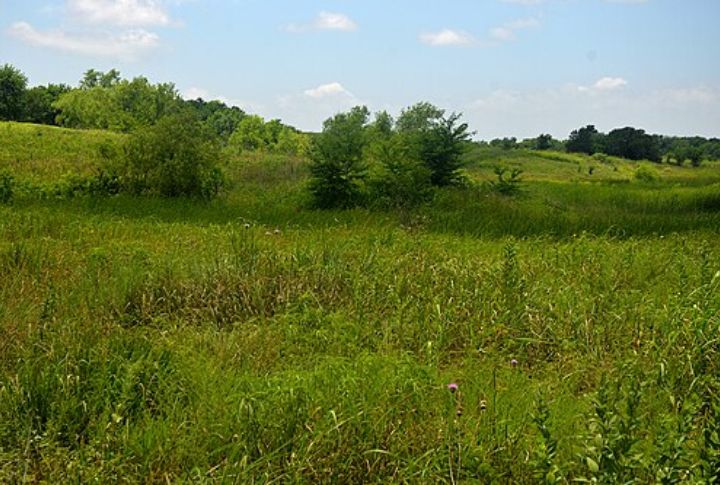
The Lone Star State harbors a surprising abundance of mountain lions, particularly in its vast western areas. Estimates from 2024 suggest approximately 5,600 cougars roam Texas, primarily concentrated in the Trans-Pecos region and southern portions of the state. They have mastered survival in Texas’s arid scrublands.
